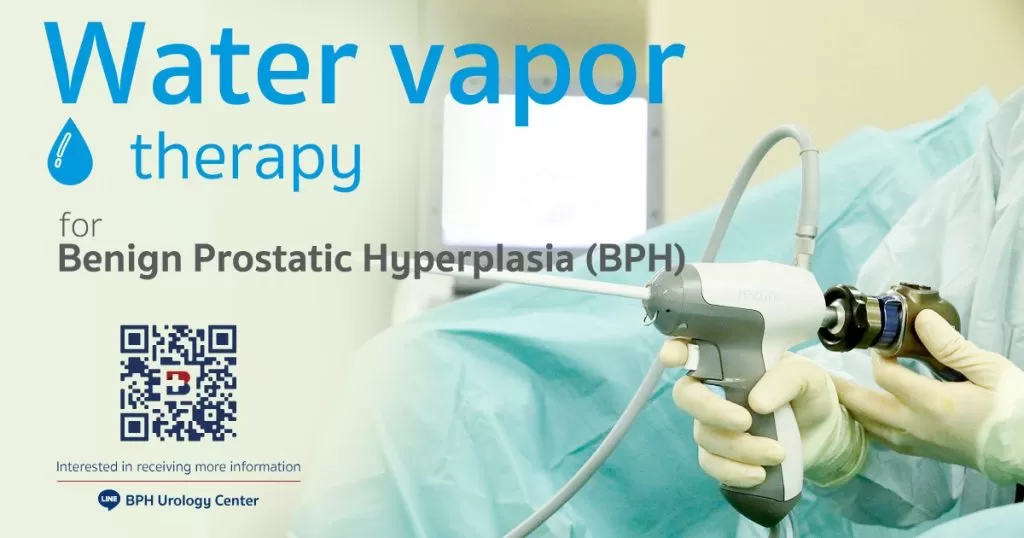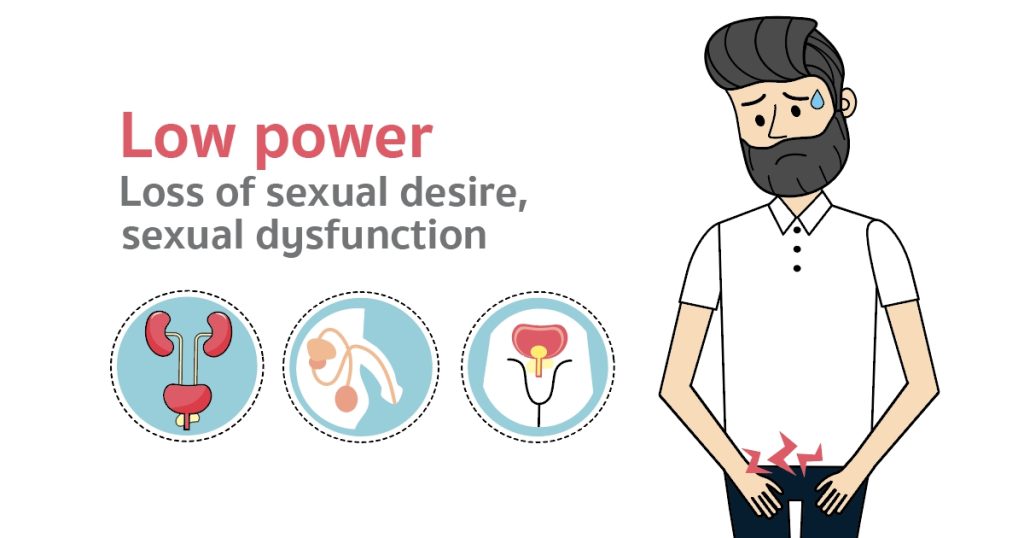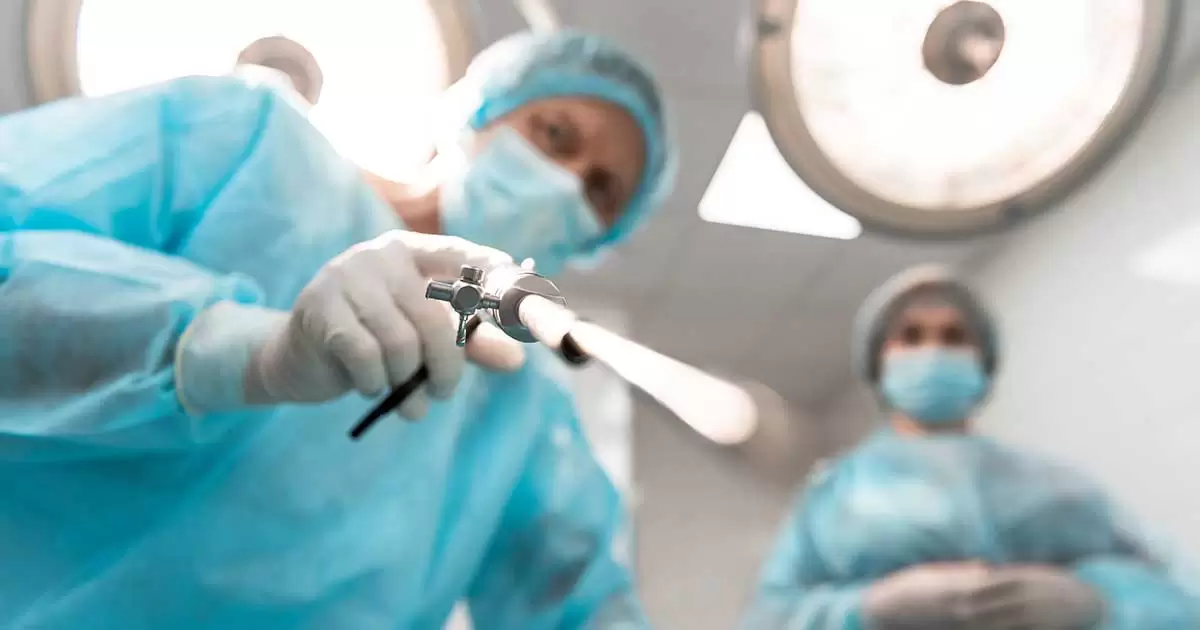
TUR-BT (Transurethral resection of bladder tumor)

Transurethral resection of a bladder tumor (TURBT) can involve both biopsy and tumor removal (resection). Because the procedure goes through the urethra, no incisions are necessary. The surgery can prevent cancer from invading the muscle wall
TURBT is the procedure done to diagnose and to treat early stage bladder cancer at the same time. The initials stand for transurethral resection of a bladder tumor. This procedure is the first-line diagnostic test and treatment for bladder cancer. Men are almost four times more likely than women to be diagnosed with this type of cancer.
The majority of people have bladder cancer that hasn’t invaded the muscle wall when first diagnosed. Almost everyone diagnosed with bladder cancer will undergo bladder tumor biopsy and resection.
A biopsy is a procedure in which a doctor takes a tissue sample from the area where cancer may exist. During the biopsy procedure, the doctor also will try to remove the cancerous growth. This is called resectioning. The entire procedure for bladder tumor biopsy and resection is known as transurethral resection of bladder tumor (TURBT).
You may have general anesthesia for this procedure, which means you’ll be asleep for it. Some providers might use regional (or spinal) anesthesia, which means you’ll be awake. However, you won’t feel any pain.
Bladder tumor biopsy and resection is performed when a doctor inserts a rigid instrument called a resectoscope into the bladder through the urethra. (This is the meaning of the word transurethral.) Inserting the resectoscope in this way means that no incisions are necessary.
Your provider will use the resectoscope to remove the tumor, which will be sent to a pathology lab for testing. Once the tumor is removed, your doctor will attempt to destroy any remaining cancer cells by burning the area using electric current by a process called fulguration or cauterization.
Your provider may decide to insert some type of chemotherapy medicine into the bladder using the scope. This is called intravesical chemotherapy. Your provider might suggest that you have maintenance intravesical chemotherapy for a period of time, meaning that you’ll have regular treatments.
Bladder tumor biopsy and resection is a very safe procedure. However, like any surgery, it has some risks. These include:
- Risks related to anesthesia.
- Urinary tract infections.
- Excessive or prolonged bleeding.
- Perforation (or a hole) in the bladder.
- If you have any symptoms such as fever, feeling cold and shivery, or heavy bleeding following bladder tumor biopsy and resection, you should seek medical help right away.
- Following the procedure, you’ll have a catheter (thin, flexible tube) inserted into the bladder to drain urine. It is normal for there to be blood in the urine at first. Drinking liquids will help flush out your bladder and help prevent infections. Your catheter will be removed when there is no more blood visible in the urine or when you go home.
- You should be able to drink and eat the way you normally do. You’ll probably be told to make sure you drink adequate amounts of fluids.
- You might have some discomfort when you urinate.
- You should be able to return to normal activity in a few days.
Bladder tumor biopsy and resection is a successful treatment for early stage bladder cancer. It can prevent cancer from spreading into the bladder muscle wall. Invasive bladder cancers that spread require more extensive treatment.
However, bladder cancer often comes back (like colon polyps or skin warts). More TURBT procedures may be needed. Your doctor will do frequent follow-up checkups with you to look for signs that the cancer has returned. The risks of repeated TURBT procedures is small.
Some providers might choose to burn off smaller tumors rather than remove them.
If the TURBT shows that you have a more advanced bladder cancer, you’ll probably need further treatment. This could include:
- A more extensive TURBT.
- Surgery to remove the tumor.
- Surgery to remove the bladder.
- Chemotherapy.
- Radiation.
- Bacillus Calmette-Guerin therapy or BCG. This is a type of therapy that uses the body’s own immune system to fight the cancer.
Your urologist and pathologist will determine the best course of treatment based on the staging of the tumor and your personal medical history. TURBT can help in staging the cancer by determining if the cancer has invaded the bladder wall. Staging refers to determining how serious the cancer is.
Share :
Related Articles
Related Doctors

| Urological Surgery |

| Urological Surgery |












